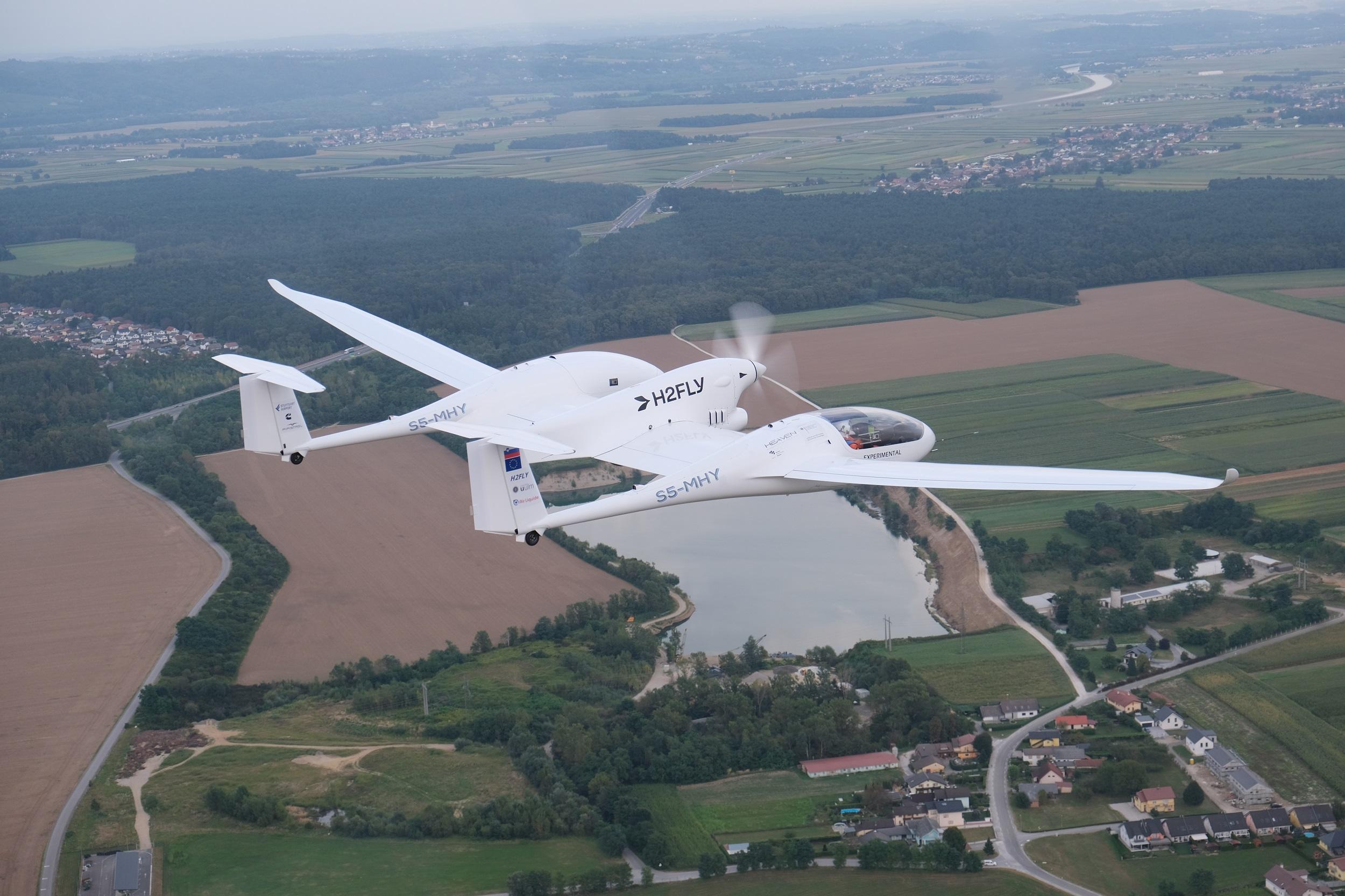
H2Fly conducted four liquid-hydrogen-fueled test flights with its HY4 fuel-cell propulsion testbed.
Credit: H2Fly
After conducting the first piloted flights of an electric aircraft powered by liquid hydrogen, Germany’s H2Fly is taking the lessons learned into development of a megawatt-class fuel-cell powertrain for demonstration on a Deutsche Aircraft D328 regional turboprop. Stuttgart-based H2Fly completed...
H2Fly To Apply Lessons Learned From Liquid-Hydrogen Flights is available to both Aviation Week & Space Technology and AWIN subscribers.
Subscribe now to read this content, plus receive critical analysis into emerging trends, technological advancements, operational best practices and continuous updates to policy, requirements and budgets.
Already a subscriber to AW&ST or AWIN? Log in with your existing email and password.





